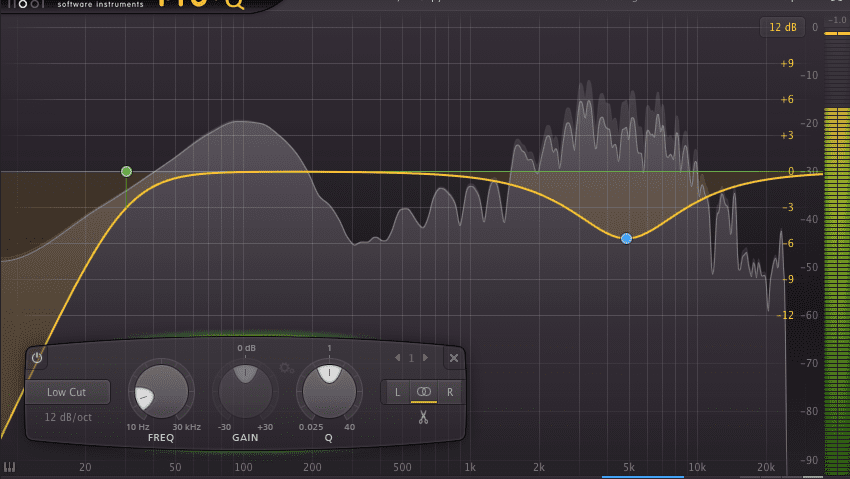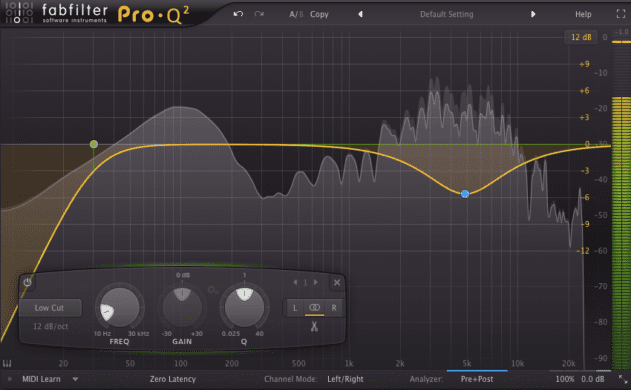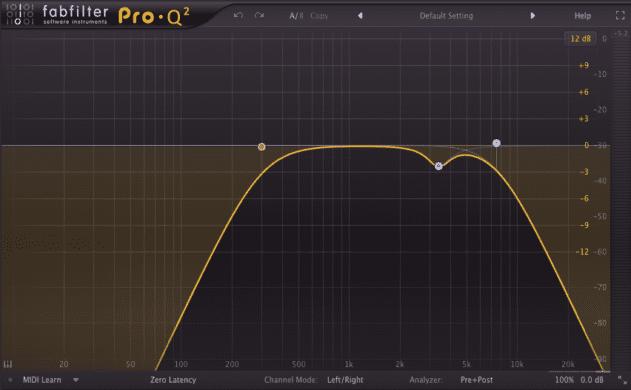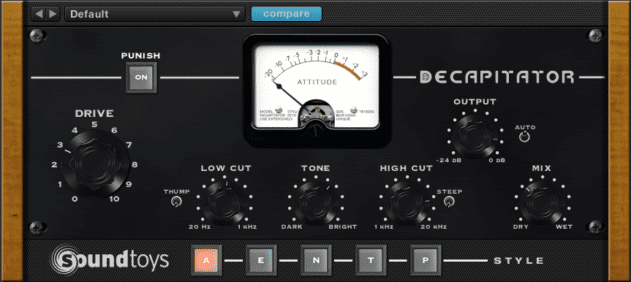In the latest instalment of Beat Dissected, we build a disco beat with 80s character and an organic feel.
Beat Dissected is a regular series in which we deconstruct drum patterns, showing you how to recreate them in any DAW. Just copy our grid in your own software to recreate the loop.
Here’s the beat we’re building today:
Audio PlayerTo download the samples for this beat, click here. The samples are provided on a completely royalty-free basis. They may not be sold or given away, either in whole or in part.
You must register for a free Attack account and sign up to receive our newsletter in order to download the samples. New members can register here. Existing members can log in here.
Spec
Tempo
115-125bpmSwing
50%Sounds
Various Layered DrumsStep 1
For the kick we’ve chosen a snappy, 80s-style sound. A LinnDrum, TR-707, TR-505, or Oberheim DMX sample can work well for this beat, with appropriate compression to add snap. We’ve used EQ to remove the thump, chopping off everything below 30 Hz and cutting frequencies between 1 kHz and 3 kHz. A plate reverb very low in the mix helps to add an extra 80s vibe.
Create a basic four-to-the-floor pattern and reduce the velocity of the second and fourth kick of every bar. This will help leave space for the snare we’ll add in the next step, while still maintaining a solid, driving feel to the beat. A second kick on the final off beat of the second bar adds a turnaround variation.
Step 2
For the snare we’ve layered two LinnDrum samples with slightly different pitch and decay settings. This makes a slightly more complex
As with the kick, we’ve used EQ, to roll off all frequencies below 60 Hz.
Audio PlayerStep 3
Our first hi-hat comes from a Boss DR-660 drum machine sample. The raw sample has quite a live sound, so we’ve only applied the most basic processing, shaping the attack envelope to give a slightly softer attack and shorter decay, giving a tighter closed hat feel. The closed hat plays on each beat of the bar.
Audio PlayerStep 4
The next hats are also based on DR-660 samples for a consistent feel, filling in the off beats of the pattern. These slightly more open hat sounds can be nudged backward or forward to alter the feel of the groove. Velocity variations here also play a major part in defining the beat.
Audio PlayerStep 5
The next step is to add a TR-707 tambourine sound. We’ve pitched the sample up slightly and also adjusted the volume envelope to create a tighter sound. Again we’ve added some plate reverb just a tad to add more of a studio ambience.
The tambourine plays a simple 16th-note pattern with a basic velocity variation to avoid a robotic feel.
Audio PlayerStep 6
The beat becomes more complex with the addition of a cowbell, this time taken from a TR-707 sample. We’ve kept a lot of the transient in the sample, tightening up the sound with a shorter decay time and again added a little ambience with a plate reverb low in the mix.
The velocity and timing of individual hits has been varied heavily throughout the beat in order to create a more human feel. This is one case where playing the drum part in by hand using a pad controller can work really well.
Audio PlayerStep 7
For the final step we’ve recorded a live handclap to add as a loop. The EQ setting for this part depends on the microphone and room ambience, but in our case we’ve rolled off the low end and some of the highs to make the recording work with the rest of the beat. The clap alone sounds thin and muffled, but it fits nicely in the mix. SoundToys Decapitator is used to add a little grit. The result is a beat packed with character and an organic feel from the live clap recording and manually programmed cowbells.
Audio Player
To download the samples for this beat, click here. The samples are provided on a completely royalty-free basis. They may not be sold or given away, either in whole or in part.











11.38 AM
Hey great article, could you explain the layering of the snares in a little more detail.
Thanks again, you guys rock!
11.18 PM
Guys, any chance you could do a section/article on breaks/fills
12.53 AM
Hey guys, great writeup. I would also like to hear a bit more about how you layered the snares. Thanks
03.35 PM
I second the motion about a breaks/fills tutorial. Great articles by the way.
03.08 PM
Great! thanks a lot!